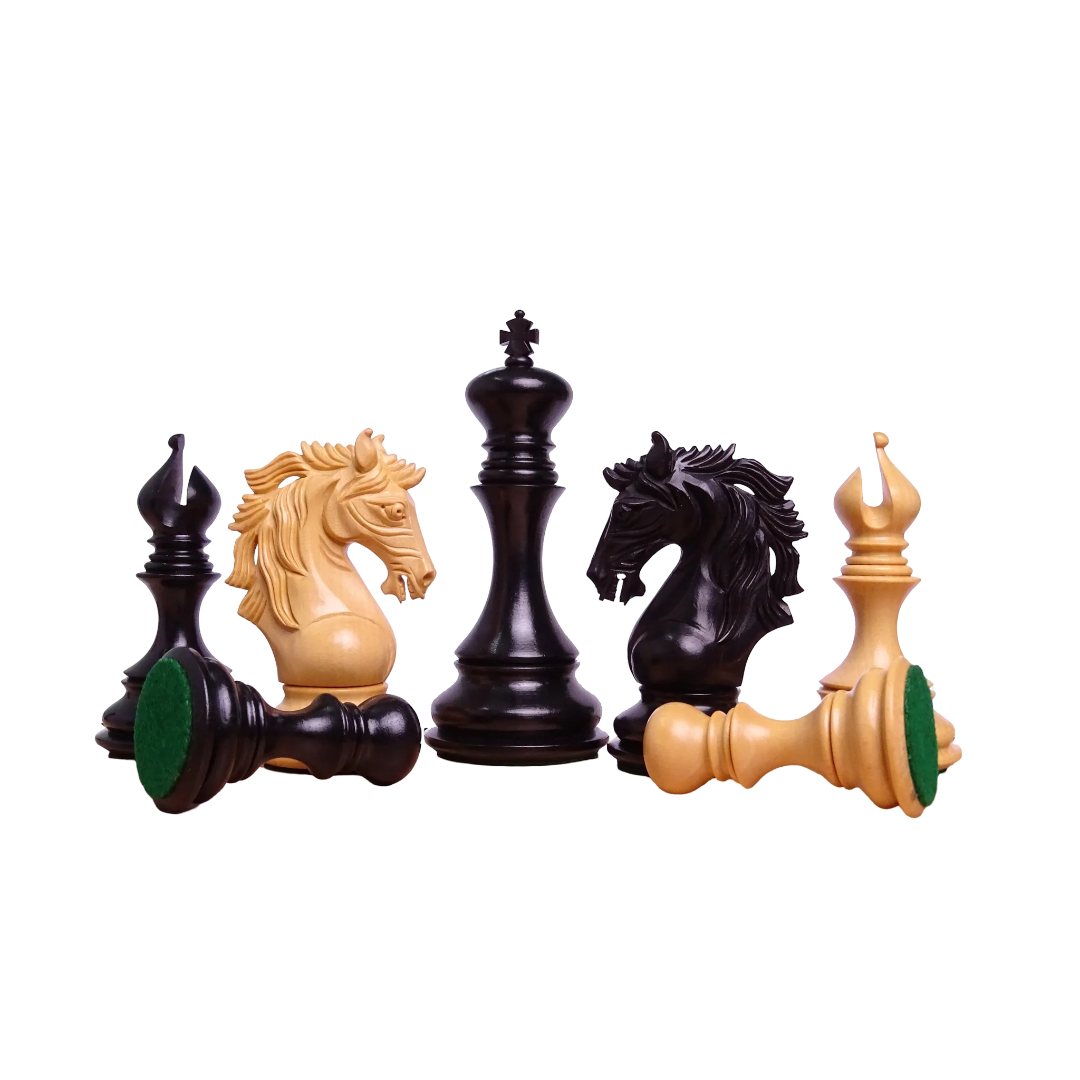Mastering the Chess Board Setup: A Beginner's Guide to Starting Strong
Chess is a game of strategy, patience, and skill. However, before diving into the complexities of the game, one of the most crucial aspects every player must master is the chess board setup. Setting up the board correctly is fundamental to understanding and enjoying the game, whether you're a beginner or a seasoned player brushing up on the basics.
In this guide, we’ll walk you through the essential steps of chess setup, introduce you to the different chess pieces, and explain their starting positions. By the end, you’ll know exactly how to set up a chessboard and be ready to engage in a battle of minds.
The Chess Board: Orientation is Key
The first step in chess board setup is making sure the board is oriented correctly. The chessboard is an 8x8 grid of alternating light and dark squares. The correct orientation ensures that both players have a white square at the bottom right corner of the board. This simple detail is critical—misplacing the board could lead to confusion later on.
Quick Tip: "White on the Right"
Remember, when setting up the board, always have a white square in the bottom right corner.
Naming the Chess Pieces: Knowing Your Army
Before placing the pieces on the board, let’s familiarize ourselves with the names of the chess pieces. Each player starts with 16 pieces:
- 1 King
- 1 Queen
- 2 Rooks
- 2 Bishops
- 2 Knights
- 8 Pawns
These pieces all have specific moves and strategic roles in the game. Understanding their placement is just as important as knowing their names.
Placing the Chess Pieces: The Classic Starting Formation
Once the board is correctly oriented, it’s time to place the pieces in their designated squares. Here’s how you do it:
The Back Rank (Closest to You)
The back rank, or the first row closest to each player, is where the most powerful pieces are placed:
- Rooks go in the corners of the board, at a1 and h1 for white, and a8 and h8 for black.
- Knights are placed next to the rooks, on b1 and g1 for white, and b8 and g8 for black.
- Bishops come next, on c1 and f1 for white, and c8 and f8 for black.
- Queen goes on her color. This means the white queen is placed on d1 (a white square), and the black queen on d8 (a black square).
- King takes the last remaining square on the back rank, e1 for white and e8 for black.
The Front Rank (Pawns)
In front of the more powerful pieces are the pawns. These foot soldiers line up in the second rank for both sides, occupying a2 to h2 for white, and a7 to h7 for black.
Understanding Chess Piece Names and Their Moves
Now that your chess pieces are in place, let’s review their movement:
- King: Moves one square in any direction. While the most important piece, the king is also the most vulnerable. Protecting your king is your top priority.
- Queen: The most powerful piece on the board, the queen can move any number of squares in any direction (vertically, horizontally, or diagonally).
- Rook: Moves any number of squares, but only horizontally or vertically. Rooks are powerful in controlling open files and ranks.
- Bishop: Moves diagonally any number of squares. Each bishop stays on its starting color throughout the game.
- Knight: Moves in an "L" shape—two squares in one direction and then one square perpendicular. The knight is the only piece that can jump over others.
- Pawn: Moves forward one square but captures diagonally. On their first move, pawns can advance two squares. Pawns are the backbone of your defense but can be promoted to any other piece (except the king) when they reach the opposite side of the board.
Why Chess Board Setup is Essential
The correct setup of the chessboard ensures that both players start on equal footing. Setting up incorrectly can not only confuse beginners but also lead to mistakes that could change the outcome of the game. If you’re a serious player or even just starting, learning the correct chess board setup is a fundamental step toward mastering the game.
Chess Setup Variations: When Things Get Interesting
While this article focuses on the standard chess board setup, there are variations in chess games, like Fischer Random Chess (also known as Chess960) where the back rank pieces are randomly shuffled. However, these setups are more advanced and are typically played once you’ve mastered the standard setup.
Setting Up Chess for Special Situations: Castling, En Passant, and More
As you progress in chess, you’ll learn about special moves like castling and en passant, which slightly alter how pieces move but don’t affect the standard chess setup.
Castling
This is a special move involving the king and a rook. It allows the king to move two squares toward a rook, and the rook jumps over to the square next to the king. The goal of castling is to protect the king and bring the rook into play.
En Passant
This is a rare pawn capture move that happens when a pawn moves two squares forward from its starting position, and an opposing pawn could have captured it if it had moved only one square. The opposing pawn can capture it "en passant" (in passing).
Conclusion: Ready for Your First Game?
By following this guide, you should now have a clear understanding of how to set up a chessboard and the placement of the chess pieces. Whether you're preparing for your first game or revisiting the fundamentals, mastering the chess board setup will give you a strong start.
Remember: always keep "white on the right" and follow the steps outlined above. As you grow as a player, understanding the importance of setup will help you develop better strategies and anticipate your opponent's moves more effectively.
Now that your board is set up, it’s time to play!





